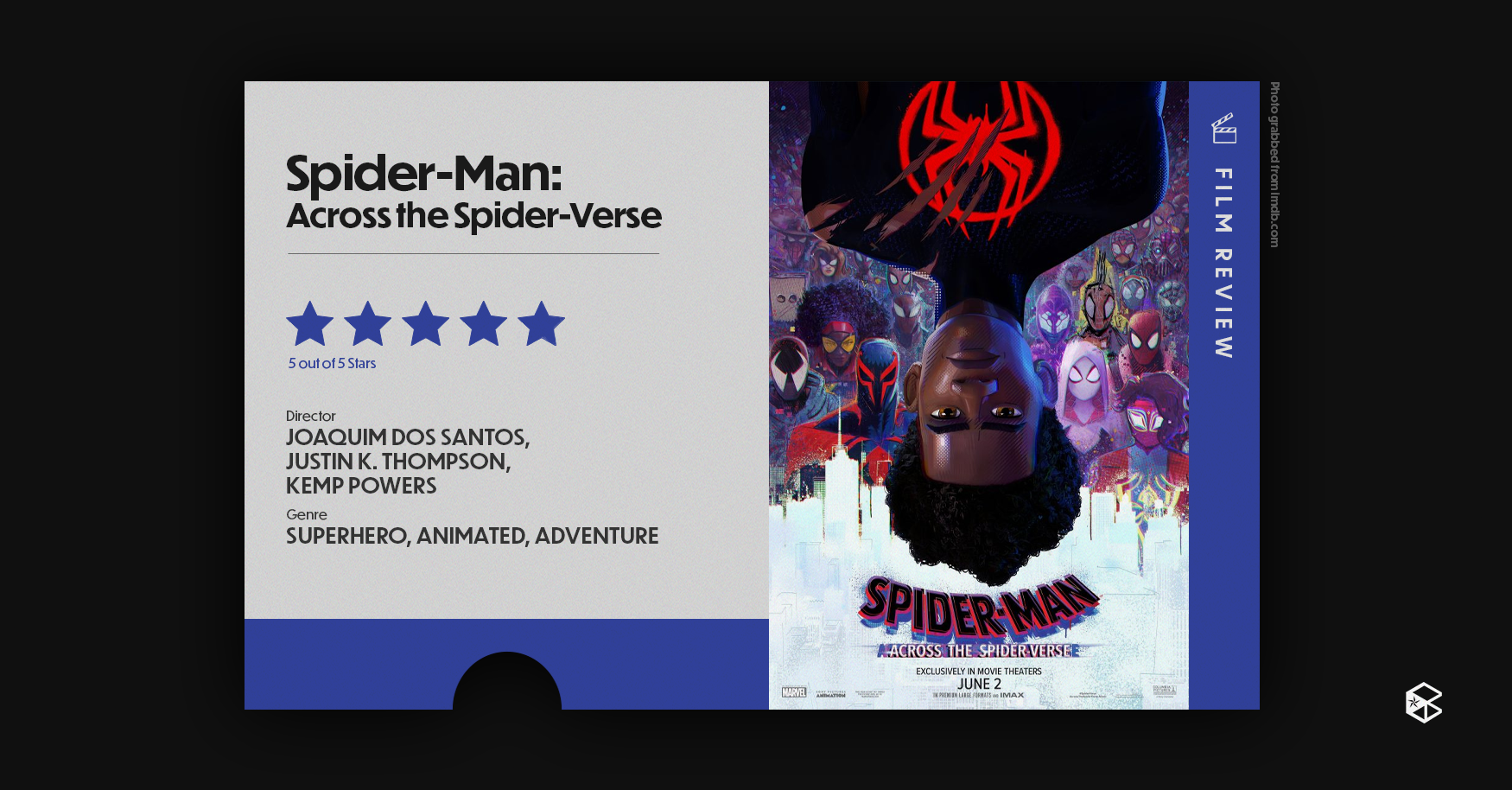With its fascinating visuals and the expansion of the web-slinging cosmos, Spider-Man: Across the Spider-Verse swung into theaters to the delight of fans. This animated masterpiece is a follow-up to the critically acclaimed Spider-Man: Into the Spider-Verse, taking viewers on a mind-bending adventure through many worlds and introducing new characters.
Directed by Joaquim Dos Santos, Kemp Powers, and Justin K. Thompson, the movie redefines what it means to be Spider-Man. We return to the life of Miles Morales (Nadji Jeter), who accepts his destiny as the Spider-Man of his universe.
The movie examines the idea of parallel universes interacting with each other. But it also fuses together many iterations of the adored superhero seen in various media. Miles runs into various Spider-Man characters from different universes and learns the actual power and potential of being a hero.
Spider-Man: Across the Spider-Verse promises an extraordinary movie experience with its stunning animation, complex plot, and celebration of the many different Spider-Man forms.
Serving up visual eye-candy
Yet again, Spider-Man: Across the Spider-Verse exhibits a distinctive visual aesthetic from other superhero movies. The breathtaking animation sequences create a visually captivating experience by fusing cutting-edge methods with traditional comic book aesthetics. Each frame is bursting with vivid colors, exciting action scenes, and painstaking attention to detail.
Moreover, the cinematography of the movie enhances the impression of movement and depth, enveloping the audience in a universe where gravity is simply an idea. Its visual creativity is particularly noteworthy, as the artworks featured in the film enrich the narrative. Examples range from thrilling chase scenes to gentler character moments.
While Peter Parker continues to play a significant role in the Spider-Man mythos, the film introduces audiences to a diverse set of characters that expand our understanding of what it means to don the mask.
Back in the spotlight, Miles Morales is joined by well-known Spider-Man characters like Gwen Stacy (Hailee Steinfeld), and even less well-known but adored iterations like Miguel O’Hara (Oscar Isaac), also known as Spider-Man 2099. Each character contributes their unique perspective, abilities, and struggles, enabling the story to explore the complex essence of heroism. By uniting Spider-Man’s past, present, and future forms, Spider-Man: Across the Spider-Verse creates a tapestry of heroes through its ensemble cast.
Hanging onto an open-ended tale
The movie ends with plenty of space for speculation and anticipation about what comes next. Miguel O’ Hara struggles with his own convictions and life experiences, which casts doubt on the idea of a rigid canon. Additionally, we’re left on a cliffhanger on Miles’ status as he was captured by his Earth-42’s Miles who has become the Prowler. These subliminal cues and cracks in the established canon events create opportunities for a future film that has limitless possibilities in concluding its story.
Overall, Spiderman-Man: Across the Spider-Verse offers an exciting and visually amazing movie experience. It celebrates Spider-Man’s enduring legacy while stretching the limits of animated storytelling with its alluring art-style, examination of various characters, and rich canon ties.
Audiences are reminded that the greatest strength of this adored superhero rests not in his powers alone, but in the boundless possibilities that make him a timeless icon as they swing alongside Miles Morales and his friends in the Spider-Verse.


